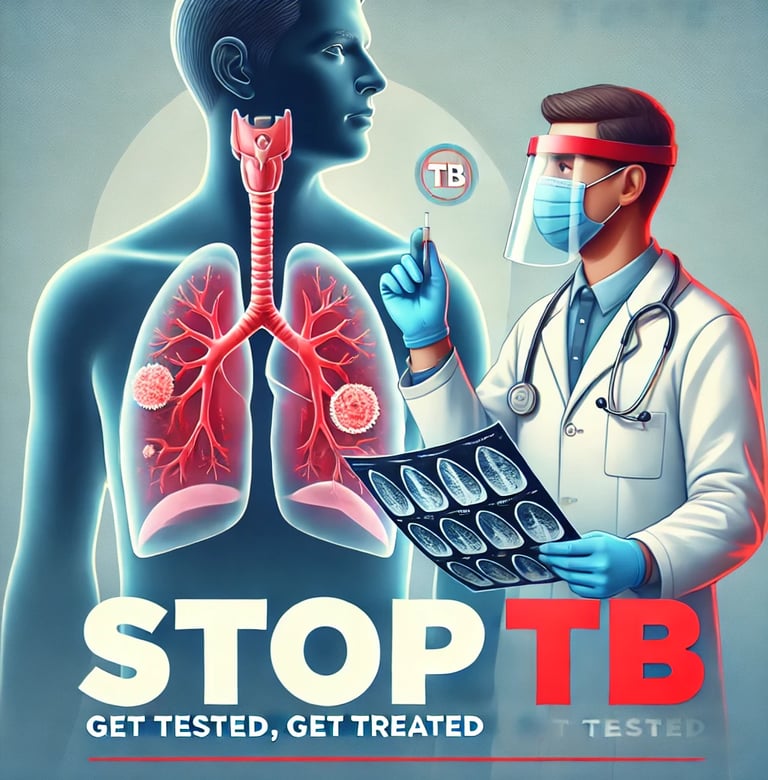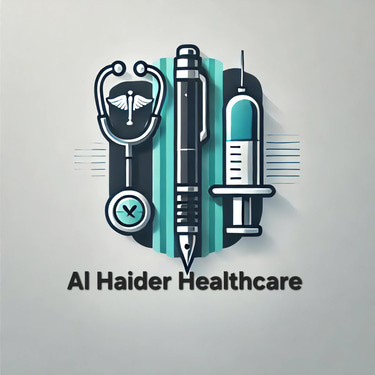Most Commonly Affected Body Parts
Although pulmonary TB (affecting the lungs) is the most common form, extra-pulmonary TB can affect other body parts such as:
Symptoms of TB
TB symptoms depend on the affected body part. Pulmonary TB symptoms include:
For extra-pulmonary TB, symptoms vary based on the organ affected, such as swollen lymph nodes, bone pain, or neurological symptoms.
Diagnosis of TB
Early diagnosis is essential to prevent severe complications and further transmission. Common diagnostic methods include:
Sputum Microscopy – Detects TB bacteria in coughed-up sputum.
Tuberculin Skin Test (Mantoux Test) – Checks immune response to TB bacteria.
Chest X-ray & CT Scan – Helps detect lung abnormalities.
GeneXpert Test – A rapid molecular test for TB detection.
Blood Tests (IGRA, T-SPOT.TB) – Identifies TB infection.
Treatment of TB
TB is curable with proper treatment. The standard TB treatment involves a combination of antibiotics for at least 6 months. The most commonly used drugs include:
Isoniazid (INH)
Rifampicin (RIF)
Ethambutol (EMB)
Pyrazinamide (PZA)
Patients must complete the full treatment course to prevent drug-resistant TB (MDR-TB). Drug-resistant TB requires longer and more expensive treatments.
Prevention of TB
Preventing TB involves multiple strategies:
Vaccination – The BCG vaccine is given to infants in high-risk countries to protect against severe forms of TB.
Early Diagnosis & Treatment – Timely diagnosis and treatment reduce transmission.
Good Hygiene Practices – Covering the mouth while coughing/sneezing prevents airborne spread.
Improving Ventilation – Proper airflow reduces TB bacteria concentration indoors.
Proper Nutrition & Immunity Boosting – A healthy immune system helps fight TB infection.
Global Efforts to End TB
Organizations like the WHO, Centers for Disease Control and Prevention (CDC), and Ministry of Health & Family Welfare (MoHFW), India, are actively working towards TB elimination. The WHO End TB Strategy aims to reduce TB cases by 90% and deaths by 95% by 2035.
Conclusion
Tuberculosis remains a global health challenge, but with proper awareness, early detection, and complete treatment, we can eliminate TB. This World TB Day, let’s pledge to spread awareness, encourage early diagnosis, and support TB patients in their fight against this deadly disease.
For more health-related updates and consultations, visit Al Haider Healthcare or contact our expert doctors.
References:
World Health Organization (WHO) – www.who.int
Centers for Disease Control and Prevention (CDC) – www.cdc.gov
Ministry of Health & Family Welfare (MoHFW), India – www.mohfw.gov.in


